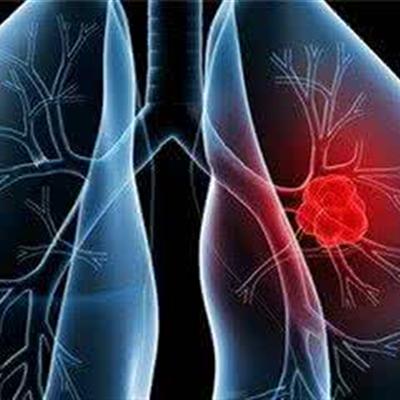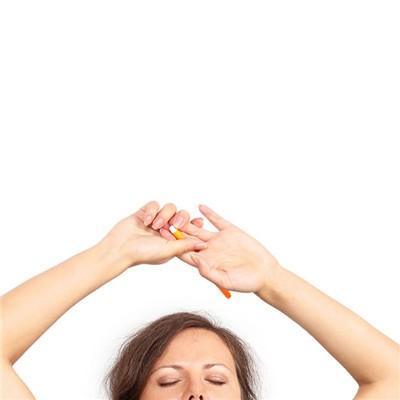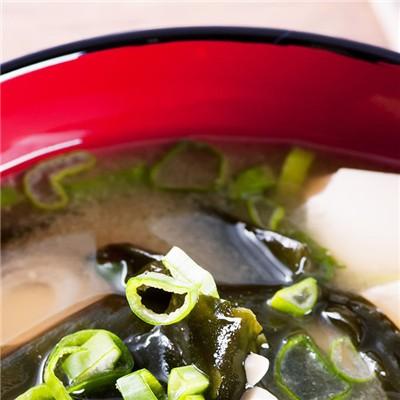Picture of children's symptoms of goose palm wind?
summary
Goose palm wind is a kind of skin damage caused by harmful fungi infecting hands and feet. They are called tinea manus and tinea pedis respectively. Tinea manus is commonly known as goose palm wind, tinea pedis is commonly known as beriberi, tinea manus and tinea pedis are collectively referred to as tinea manus and tinea pedis. Picture of children's symptoms of goose palm wind? Let's talk about it.
Picture of children's symptoms of goose palm wind?
Blister scale type, the onset of which is mostly single case, starts from a certain part of the palm, especially the palm, side and root of the palm, index finger and ring finger, and begins to be needle sized blisters with thick and shiny wall, containing clear liquid. Blisters gather or disperse in groups, and itch spontaneously. After the blisters dry, they desquamate and gradually spread around to form ring or multi ring lesions, The course of disease is chronic and lasts for many years until all palms are involved and spread to the back of the hand, fingernails and even the opposite palm. Sometimes blisters can be secondary to infection and form pustules.
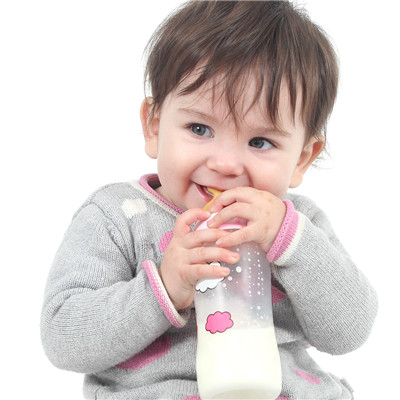
Keratotic thickening type: it is mainly developed from blister scale type. The patient has a history of many years, often involving his hands. There is no obvious blister or ring desquamation in the skin lesions. The palmar surface is diffusely red and thickened, the skin lines are deepened, the skin is rough, dry and desquamation. In winter, it is easy to crack, the crack is deep and bleeding, and the pain is unbearable. Besides dermatophytes, the factors that affect the activity of the palmar keratotic thickening are, It is also related to long-term scratching, washing and ironing, soap, detergent, various chemicals and solvents stimulation and inappropriate treatment.
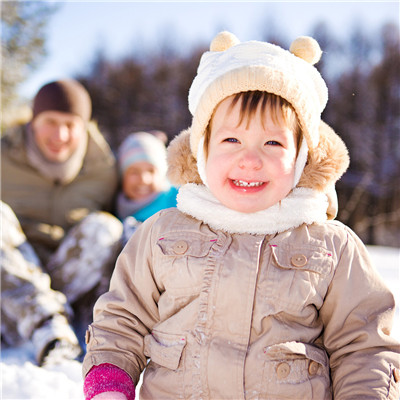
Goose palm wind is a kind of dermatosis caused by tinea. Because the palm is rough and cracked like a goose's paw, so it's named. It is most common in areas with mild and humid climate. Because the patient has beriberi more, pick a foot with the hand to infect and become. It is characterized by small blisters under the skin of the affected hand, spotty white scales formed after drying, peeling off of the central epidermis and ring-shaped damage; Over time, the skin is thick and rough. More blisters occur in summer, itching intensified, dry skin in winter, cracks can occur, causing pain. The course of disease is slow and often does not heal for many years. It is equivalent to tinea manus of Western medicine.
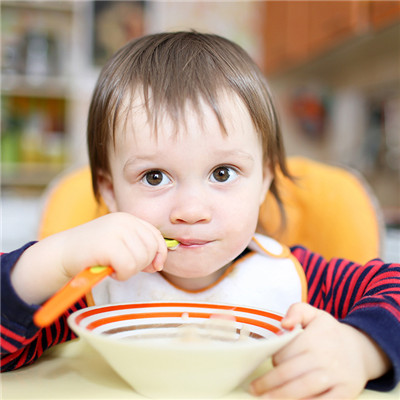
matters needing attention
In summer, when the degree of perspiration, keratosis and hypertrophy is light, that is to say, the treatment of e-palm wind by soaking with pure Chinese medicine preparation with the functions of moistening skin, clearing heat and dehumidification, killing insects and relieving itching can significantly soften the cutin, moisten the keratosis and hypertrophy of hand and foot skin, and make the medicine directly reach the disease site and kill fungi. Doctors remind that patients with goose palm should pay attention to less contact with alkaline detergent, shoes, socks and gloves should be washed and disinfected separately. Only in this way can we say goodbye to disease.


